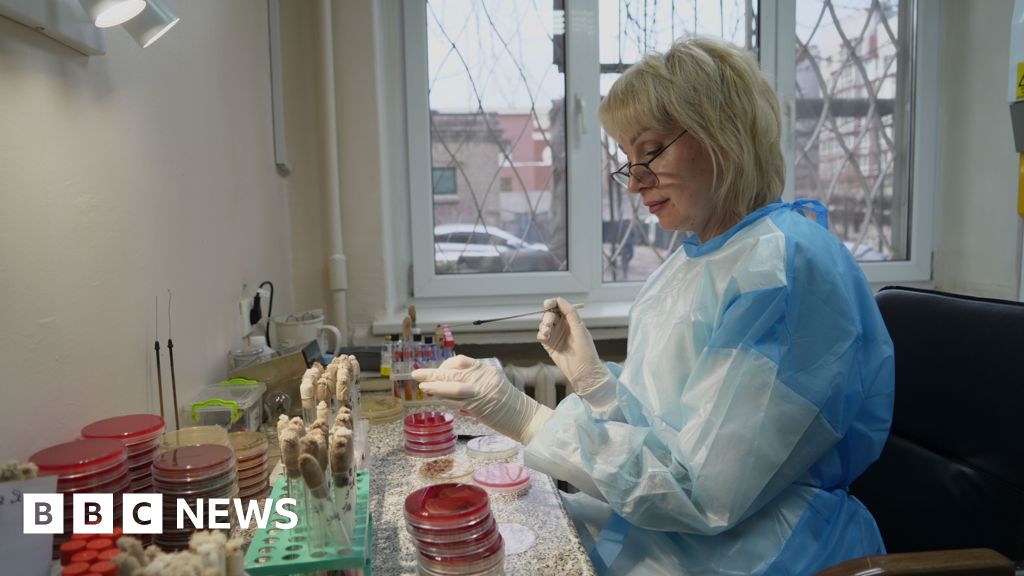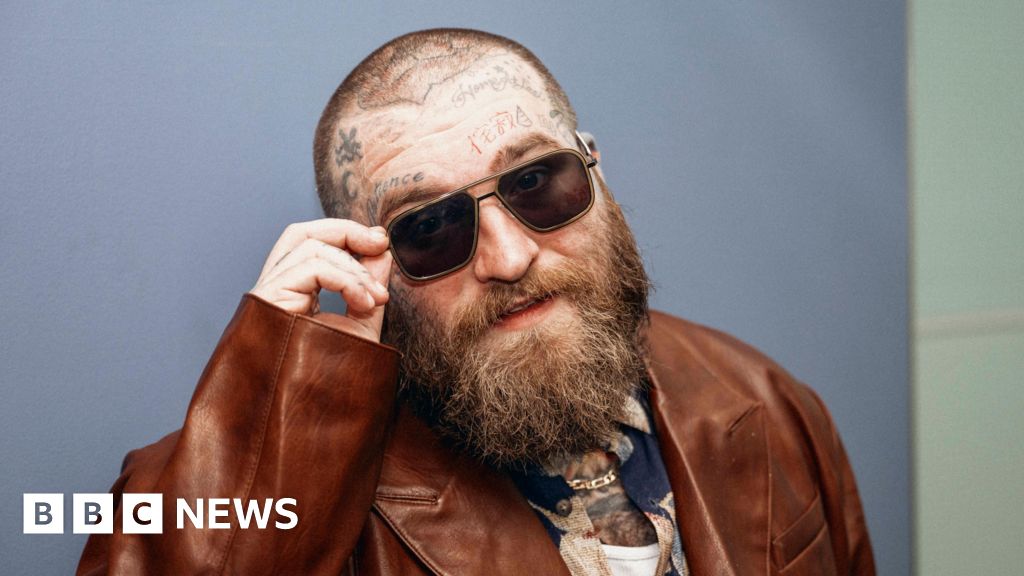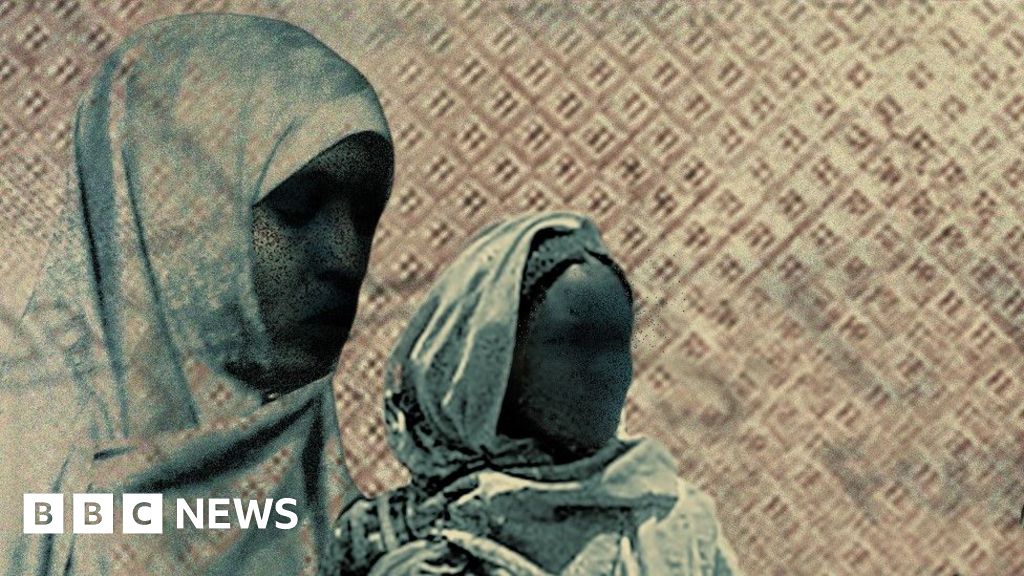ARTICLE AD BOX
By Ranga Sirilal and Patrick Jackson, Colombo and London
BBC News
The museum was ransacked on Monday
It may pale in significance compared with the deaths and injuries during Sri Lanka's anti-government unrest, but the destruction of a museum this week is of great symbolic importance.
The Rajapaksa Museum lies in the southern region of Hambantota, where the ruling family of the same name has its stronghold.
It was dedicated to the parents of the current President, Gotabaya Rajapaksa, and his elder brother Mahinda Rajapaksa, himself a former president.
The museum featured photos of the late Don Alwin Rajapaksa and his wife Dandina, as well as clothing, household items and handwritten letters.
But the demonstrators who attacked it on Monday, smashing wax statues of the parents and trashing the building, were possibly venting their anger on more than just the family.
The museum in the village of Meda Mulana had become a symbol of alleged corruption.
It was opened in 2014, when Mahinda was still president and Gotabaya was his defence secretary.
Image source, AFP
Image caption,The museum as it looked last month before the attack
Gotabaya had built it on private land using state funds. The Sri Lankan Navy was directed to provide the manpower for construction work while Gotabaya's own department, the Ministry of Defence and Urban Development, was involved in the preparation of drawings and other preliminary work.
But after his brother Mahinda lost the election of 2015, an investigation began into the use of public funds.
Debris litters the museum site
Gotabaya denies wrongdoing and contested the allegation that more than 60m Sri Lankan rupees in public funds (worth about $460,000 at the time) had been used on the museum but he later reimbursed part of the cost.
Soon after he was elected president in 2019, the charges against him were dropped on grounds of presidential immunity.
Mahinda was not implicated in the museum investigation.
Mahinda and his younger brother were hailed by many for winning a quarter-century war against the separatist Tamil Tiger rebels in 2009.
Many had thought that war unwinnable and the brothers were considered heroes by majority Sinhalese Sri Lankans.
In turn, the family came to believe they were the kings of the country who had liberated the island nation from the clutches of terrorism.
But the economic cost of their rule has eroded that popularity for many.
"These leaders saved us from terrorism ending 30 years of war. We respect them for that," said BM Nandawathi, a 62-year-old woman living in Tangalle Balikudawa, close to the museum.
Image source, Getty Images
Image caption,Gotabaya (L) with Mahinda in 2020
"But it was useless," she told the BBC. "They have looted us. They have sold the entire country and built a museum by spending millions of our money to showcase their mother and father's sarong and blouse."
"They have robbed every dollar the country had," she added.
Dixon Wickramarachchi, a 37-year-old resident of Hambanthota, echoed her sentiments.
"They built this [museum] using people's money they never earned from working," he said.
"They have been living in luxury wearing expensive designer footwear and dresses while the poor people of this country are suffering and unable to have one meal a day let alone three."

 2 years ago
73
2 years ago
73








 English (US) ·
English (US) ·